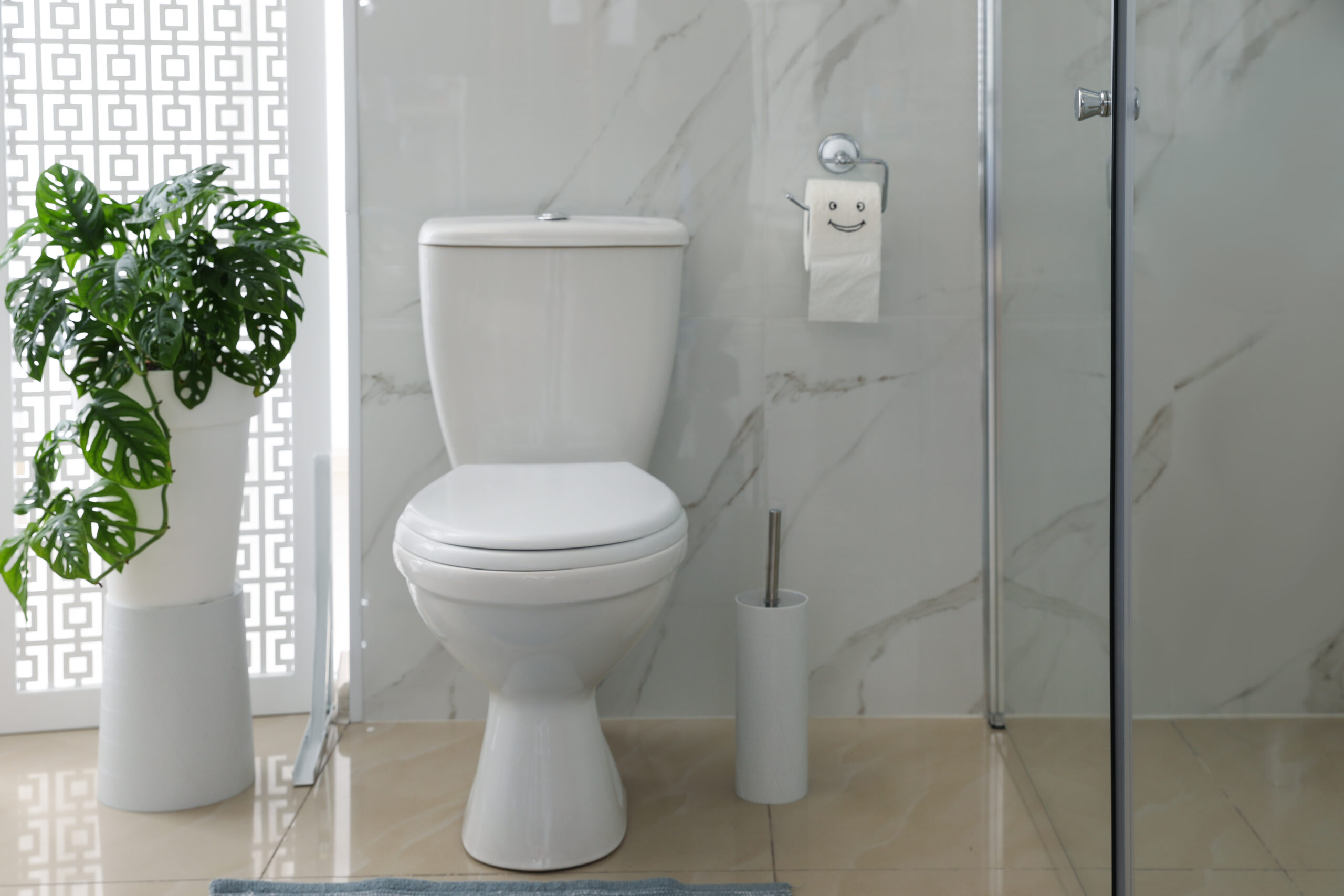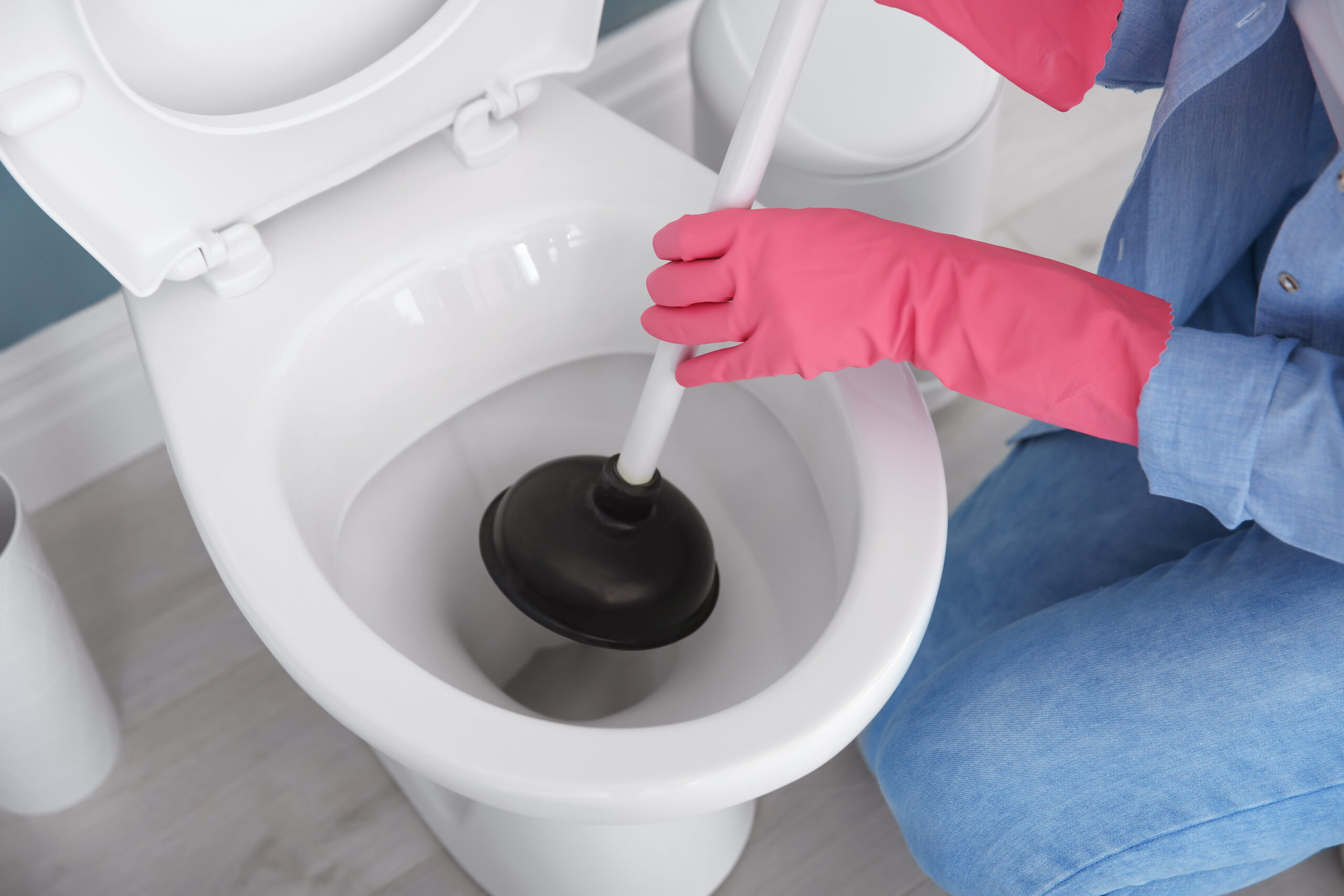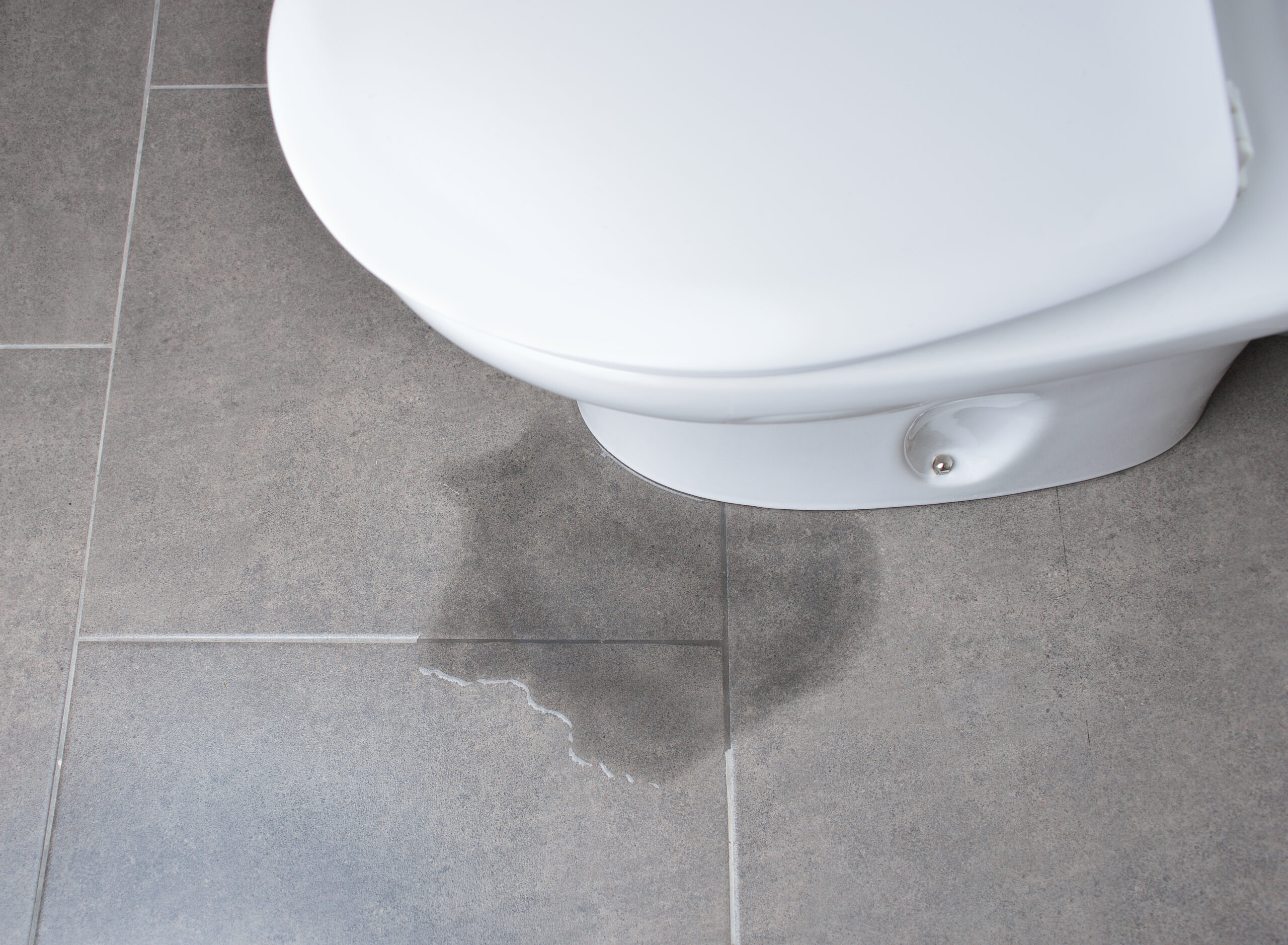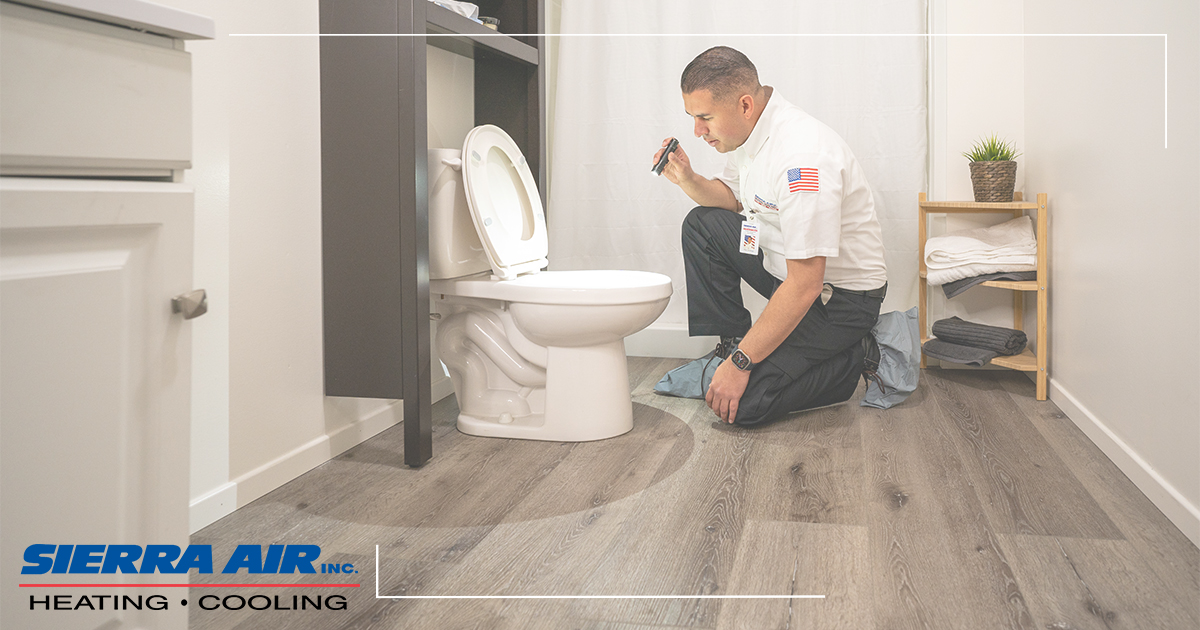The humble toilet is a vital fixture in every modern household, providing both convenience and sanitation. Like anything else, toilets break on occasion, leading to frustration, inconvenience, and a major disruption in your home.
Once you understand the common causes of toilet issues, however, you can resolve them efficiently. Find out more about toilet troubles and learn the most common causes and what to do next from the experts at Sierra Air.
How Does a Toilet Work?

Your home toilet has two major parts: the bowl that rests on the floor and the upper tank that holds the water that’s released each time you flush. The bowl is basically a solid piece of porcelain with a drain fixture and no moving parts. Most repairs won’t involve the bowl.
The tank, on the other hand, is where most of the functionality comes from. There are two important valves and the handle that initiates flushing. This is where most of the repairs occur, but fortunately, you can fix a lot of them yourself.
Keep in mind that some newer style toilets can differ in the way they flush and their parts. Make sure you know the make and model of your toilet before you work on it yourself. Typically, the manufacturer’s name will be stamped on the porcelain and the model is on the underside of the tank cover.
Before you can start repairs, you have to have a basic understanding of how your toilet actually works. The toilet tank’s function is to hold a quantity of water until you flush the toilet, at which time the water in the tank rushes through the opening at the bottom of the tank and into the bowl. This action forces waste out of the bowl and into the drain and sewer lines.
There are two major toilet parts in the tank that make this happen: the flush valve and the fill valve.
The toilet fill valve is the mechanism that fills the tank with water. It’s also known as the ballcock or refill valve. The fill valve is usually located on the left side of the tank as you’re looking down from above with the lid removed.
There are four basic variations of fill valves:
- Plunger-type ballcock:This is the oldest type of fill valve and is usually made of brass.
- Diaphragm-type ballcock:Older styles of toilet may have a brass diaphragm-type ballcock, while newer types are plastic.
- Float cup fill valve:This is a newer design and often made of plastic.
- Floatless fill valve:This is newer design that isn’t always allowed by some codes.
Whatever design you have, the fill valve has basically the same function – it automatically opens the tank water supply valve when the water levels falls in the tank during a flush, then it turns off automatically when the water level rises to a specific level. Depending on the design, the valve is operated by a floating ball or a float cup that moves up and down with the water level. Floatless fill valves operate by sensing the water pressure at the bottom of the tank.
If you remove the tank lid and watch the process of a flush cycle, you can easily see how a toilet flushes.
Here are some common causes of toilet troubles:
Clogged Drains: A Common Culprit

One of the most common toilet troubles is a clogged drain. This issue can manifest in slow drainage, water pooling, or a total blockage. The primary cause of clogs is the improper disposal of items in the toilet, such as too much toilet paper, feminine hygiene products, or even foreign objects that can obstruct the pipes. Remember, just because it says “flushable” doesn’t mean it’s safe for your toilet.
How to fix a clogged drain:
- Start with a plunger.
- Ensure you have a proper seal around the drain.
- Use rhythmic plunging motions to dislodge the blockage.
- Try flushing.
- Repeat if necessary.
If the plunger isn’t effective for removing the clog, you can try a plumbing snake to reach deeper into the pipes and break up the obstruction.
Running Toilet: A Water Waster
To diagnose and repair a running toilet, start by removing the tank lid and inspecting the flapper valve. If it seems damaged or misaligned, a replacement may be necessary. Additionally, you should check the float mechanism and adjust it to the proper water level. You may need to replace the flush valve for a comprehensive fix.
Phantom Flushing: A Common Mystery
If you hear the toilet flushing by itself, you’re experiencing a “phantom flush.” This phenomenon occurs when the water leaks from the tank into the bowl, triggering the fill valve to activate and refill the tank. This constant water loss can lead to increased water bills.
To troubleshoot phantom flushing, inspect the flapper valve for a proper seal. If it’s in good condition, check the water level in the tank and adjust it if necessary. The leaking flush valve can also be a culprit. If this is the case, replacing the valve will resolve the issue.
A Weak Flush: Low Pressure
A weak flush can be a persistent problem in some toilets, leading to incomplete waste removal and potential clogs. The most common cause is a low water level in the tank or an issue with the flush valve.
To enhance the flush, check the water level in the tank and adjust it to the recommended level marked inside the tank. If this doesn’t improve the flush, inspect the flush valve for signs of wear or damage. Replacing the flush valve or adjusting the chain connected to the flush handle may be necessary.
Leaky Seals: A Source of Silent Damage

Leaky seals are often overlooked, but they can cause significant damage over time. The wax ring, which seals the toilet to the floor, and the tank-to-bowl gasket can deteriorate, leading to water leakage around the base of the toilet.
To fix leaky seals, start by inspecting the wax ring for any signs of wear and damage. If it’s compromised, make sure to replace it as soon as possible. Similarly, check the tank-to-bowl gasket for proper positioning and replace it if necessary. It’s important to address leaky seals as soon as possible to prevent water damage to the flooring and subfloor.
Condensation: Sweating Toilet Tanks
Condensation on the exterior of the toilet tank, which is often referred to as “sweating,” is a common issue – especially if you have a lot of humidity. While it may seem merely inconvenient, prolonged condensation can contribute to mold growth and damage to the surrounding area.
To combat toilet tank condensation, consider using a tank liner or insulating the tank. These measures help regulate the temperature difference between the cold water inside the tank and the ambient air, reducing or eliminating condensation.
Strange Noises: Gurgling or Bubbling
To address strange noises, start by plunging the toilet to unblock it. If the problem persists, a plumbing snake can be used to clear blockages further down the drain.
Noisy Toilet Seat: An Annoying Problem
Noisy or slamming toilet lids can be irritating, but they can also damage your toilet. The toilet seat hinges may need maintenance or it may be time to upgrade the entire toilet seat.
First, spray lubricant on the seat hinges and open and close the seat and lid a few times to distribute it. If the noise continues, replace the hinges.
If the toilet seat is slamming, replacing it with a new slow-close lid may be necessary. If you prefer not to switch out your current seat, install bumpers to reduce noise and impact. If you already have a slow-close lid, the hinges may be loose or misaligned. You can readjust the hinges and re-tighten the nuts and screws.
Stuck or Loose Toilet Handle: A Sign of Potential Problems
If the toilet handle is too loose or too tight, it can cause problems. You may need to tighten or loosen the mounting nut to resolve the issue.
If the toilet handle sticks in the down position, which makes the toilet run constantly, make sure the handle mounting nut inside the tank isn’t too tight. Loosen it slightly if needed. Flush handles are usually reverse threaded, which means you have to turn the nut clockwise to loosen them.
After that, clean the handle mounting nut and shaft threads so the handle operates smoothly. Make sure the flush arm is pulling up the chain and opening the flapper correctly. Adjust the arm or chain as needed.
If the toilet handle is too loose, clean any debris or buildup from around the handle mounting nut inside the tank. Tighten the mounting nut carefully so the handle moves smoothly. Flush handles are usually reverse threaded, which means you’ll turn the nut counterclockwise to tighten.
Get Your Toilet Fixed
Toilet troubles are a common occurrence, but there are many problems you can fix on your own. It’s important to take quick action if you notice a toilet repair, however, as it can lead to bigger problems down the line.
If you need toilet repairs, contact the pros at Sierra Air to schedule your appointment!




